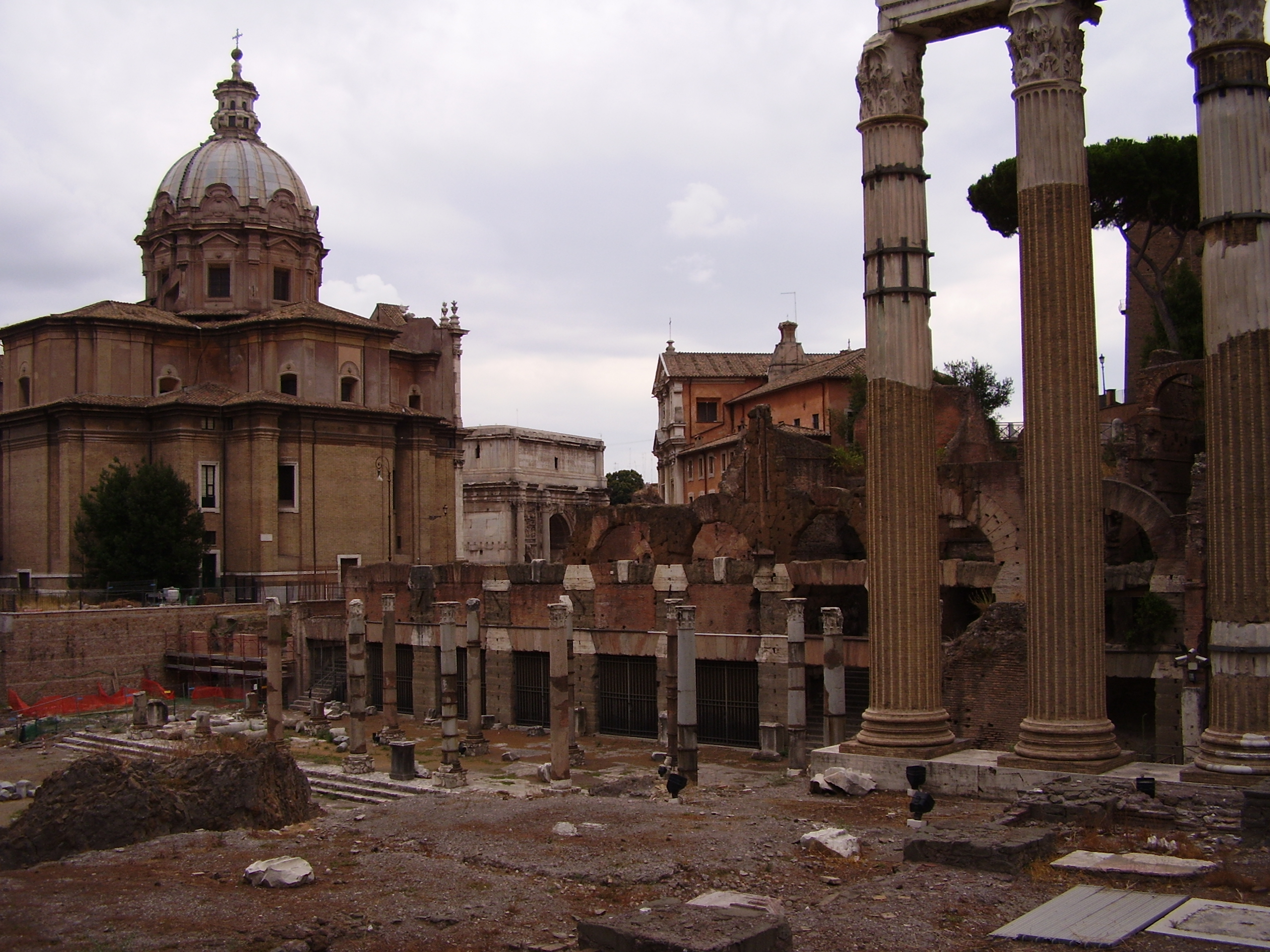The Line C of the Rome metro doesn’t only travel through the urban space but also through time. The territory it crosses possesses unique characteristics due to its absolute historical, monumental, and archaeological value. In this context, it was necessary to address and solve a set of particular and peculiar aspects, for which technical solutions and their related execution methods required a dedicated and specialized design methodology.
Through the collaboration of the Municipality of Rome, the client Roma Metropolitane, the General Contractor Metro C S.C.p.A., and the Ministry for Cultural Heritage and Activities, an extensive program of investigations was carried out. Under the Scientific Operational Direction of the Archaeological Superintendence of Rome, this program led not only to the identification of numerous artifacts but also to the update of archaeological records in areas that had never been explored before.
The Line C runs through not only vast areas of the urban periphery but also important sectors of the historic center and the central archaeological area. The construction of the stations required the removal of substantial volumes of buried archaeological deposits, providing a unique and unrepeatable opportunity to acquire new and significant data even in archaeologically lesser-known areas, or entirely unknown areas. This is mainly due to the depth of the ancient stratigraphy layers, which, in some cases, reached up to 20 meters below the contemporary ground level.
After the international tender process, which led to the award of the project implementation and the development of the final and executive design starting in 2006 for Sections T2, T3, T6, and T7, complementary to the investigation campaign conducted by the Municipality of Rome for the preliminary project, first-phase archaeological investigations of various types were carried out in preparation for the final design, including:
- core recovery boreholes with archaeological analysis;
- archaeological test trenches with self-sinking sheet piles.

In the central area, along Section T3, from Via Sannio to Piazza Venezia, and along Section T2, from Piazza Venezia to Clodio-Mazzini, 22 archaeological sites were opened for preliminary investigations, some of which yielded significant results. For Section T6, preliminary investigations were carried out by opening sites at 3 archaeological locations: Giardinetti and Pozzo Terminale, Stazione Torre Spaccata – Casilina / Tor Tre Teste, Stazione Giglioli – Casilina / Tobagi. The first-phase investigations were completed for the entire base route of the project.
The close and continuous collaboration between the General Contractor Metro C S.C.p.A. and the Archaeological Superintendent of Rome, along with the guidelines of the Technical-Scientific Committee for Archaeological Heritage, led to the development, for the first time in Italy, of a document called “Handbook of Second-Phase Archaeological Investigations.”
The handbook was prepared by Metro C S.C.p.A. during the final design phase, based on the results obtained from the first-phase archaeological investigations. It defined, in collaboration with the Archaeological Superintendent, the excavation methods and removal procedures for the ancient structures found at each site.
The Handbook identified 7 excavation methods and 2 removal procedures for the ancient masonry structures that were discovered. Furthermore, in order to balance the need to conduct open-air archaeological excavations to a depth of 18-20 meters below ground level with the construction requirement to minimize the construction areas and provide adequate support for the perimeter diaphragm walls of the underground structures, Metro C S.C.p.A. developed a excavation method called “top-down archaeology.” This method was applied at San Giovanni station and for the underground structures of Section T3.
This method involves excavating the underground structures, always leaving at least 3 meters of clearance below the slabs to allow for deeper excavation in subsequent levels conducted in horizontal layers. The slabs are then constructed in a descending manner, typically using prefabricated self-supporting structures during the pouring phase, which are capable of adequately resisting the perimeter diaphragm walls.

The second-phase investigations have been completed for the entire operational line and for the section between the TBM introduction shaft at Via Sannio and the Fori Imperiali – Colosseo station, which is currently under construction. Investigations for the Venezia Station area and the subsequent Section T2 will begin simultaneously with the start of the works.
The executive project for Section T3, which extends from San Giovanni Station to Fori Imperiali Station, was approved in 2013, and the second-phase archaeological investigations began concurrently with the start of construction activities.


